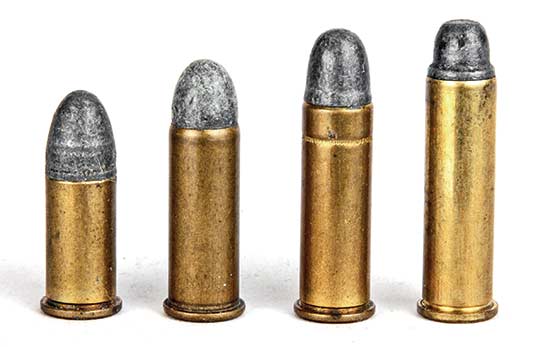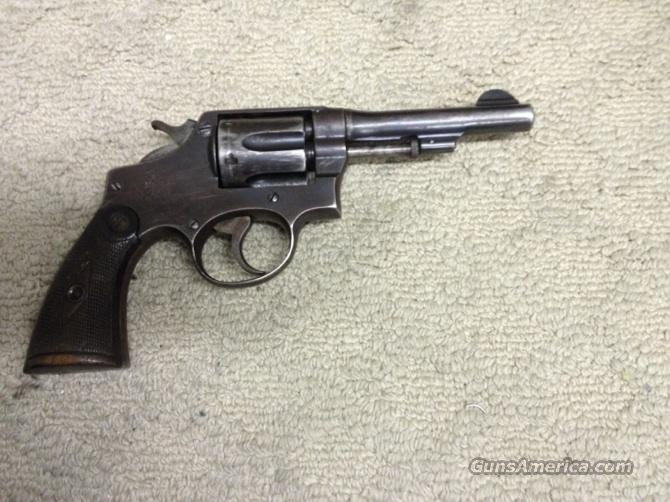


police forces also adopted the cartridge. 38 LC was chambered in a number of Colt revolvers and saw some use among target shooters. 45 Colt New Service revolver as the new standard military sidearm for the U.S. 45 M1909 cartridge was issued along with the. 38 Long Colt remained in service until 1909, when the. 45-caliber rod-ejector double-action revolver) for issue to officers deploying overseas. Army Ordnance also purchased a number of M1902 revolvers (the M1902 was actually Colt's New Double Action Army Model 1878, a. Army authorized officers to carry M1873 Colt Single Action Army revolvers, chambered in. Īs an emergency response to the round's unexpectedly dismal performance, the U.S. The fourth round went though the right hand and exited through the forearm. One passed through the body, one lodged near the back and the other lodged in subcutaneous tissue. LaGarde noted Caspi's wounds were fairly well-placed: three bullets entered the chest, perforating the lungs. He was finally stunned by a blow on the forehead from the butt end of a Springfield carbine. He was shot four times at close range in a hand-to-hand encounter by a. LaGarde:Īntonio Caspi, a prisoner on the island of Samar, P.I. A typical instance occurred in 1905 and was later recounted by Col. 38 bullet's inability to stop charges of frenzied Moro juramentados, even at extremely close ranges. Army officers were received regarding the. The cartridge's relatively poor ballistics were highlighted during the Philippine-American War of 1899–1902, when reports from U.S. Velocity was the same 770 ft/s (230 m/s), but bullets weighed 150 grains (9.7 g), resulting in a muzzle energy of 198 ft It was supposed to expand in the throat and be "swaged down", or reduced again in diameter, as it entered the barrel, but expanded unevenly producing poor accuracy.

Colt, however, retained the single-diameter charge hole, so the bullet was grossly undersize as it traveled through the chamber throat. This keeps the waxy lubricant from collecting grit which can damage the revolver's barrel. 357–.358 in (9.07–9.09 mm) bullet, the bearing surface and lubricant of which are entirely contained within the cartridge case. A smaller-diameter portion of the bullet, the "heel", is crimped inside the case mouth, and the lubricant is outside the case, and exposed.

375 in (9.50 or 9.53 mm) in diameter, the same as the cartridge case (exactly like the. The cylindrical "shank" or "bearing surface" of the bullet, just in front of the cartridge case mouth, is. 38 Short Colt, used a heeled bullet of 130 grains (8.4 g) at a nominal 770 ft/s (230 m/s), producing 165 ft


 0 kommentar(er)
0 kommentar(er)
